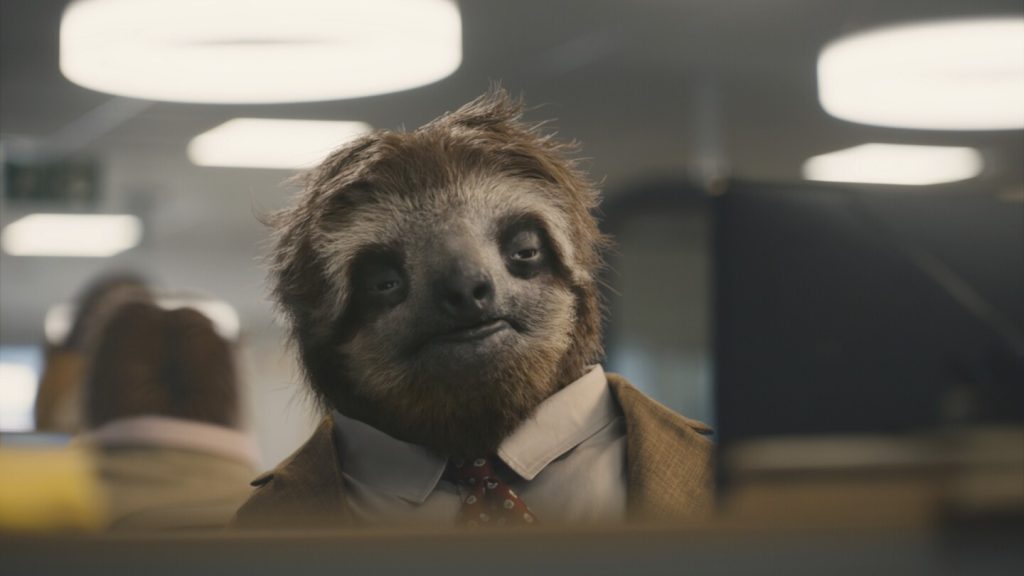Exploring the Themes and Strategies of This Year’s Super Bowl Commercials
This year’s Super Bowl brought more than just an exciting matchup between the Philadelphia Eagles and the Kansas City Chiefs. The real showstopper was the lineup of creative and often hilarious commercials that aired during the game. With advertisers opting for light-hearted humor, nostalgia, and a focus on unity, the ads mostly steered clear of controversy. Instead, they leaned into safe bets like celebrities, Gross-out humor, and heartfelt messages to captivate the massive audience. Advertisers seemed to prioritize being "safe" rather than taking bold creative risks, reflecting the challenges of creating memorable content during uncertain times.
Nostalgia Took Center Stage
Nostalgia was a dominant theme in many of this year’s Super Bowl ads, as brands sought to evoke warm, fuzzy feelings in viewers. Budweiser brought back its iconic Clydesdales in a heartwarming ad, complete with a foal eager to join the team. Meg Ryan and Billy Crystal recreated their famous "When Harry Met Sally" deli scene, but this time, it was all about Hellmann’s mayonnaise. Harrison Ford even made a reflective appearance in a Jeep ad, musing about freedom and personal choice—despite his last name being "Ford." Disney took a bolder approach by imagining a world without its beloved characters, like Elsa from "Frozen," Bart Simpson, and Marvel superheroes.
The Muppets teamed up with Booking.com, while Instacart’s ad brought together a parade of familiar mascots, including Mr. Clean, the Jolly Green Giant, and the Pillsbury Doughboy. These ads served as a throwback to simpler times, reminding viewers of the cultural moments they love. According to Kimberly Whitler, a marketing professor at the University of Virginia’s Darden School of Business, nostalgia broadens the appeal of an ad, allowing it to connect with multiple generations while tying products to positive memories.
Celebrity Collaborations Were Everywhere
Celebrities were in abundance this year, with brands pairing them in unexpected and entertaining ways. Catherine O’Hara and Willem Dafoe became pickleball champions for Michelob Ultra, while David Beckham and Matt Damon played long-lost twins bonding over Stella Artois. Gordon Ramsay teamed up with Pete Davidson for a HexClad ad, and Post Malone, Shane Gillis, and Peyton Manning threw a block party for Bud Light. Uber Eats even enlisted a star-studded lineup, including Matthew McConaughey, Martha Stewart, and Greta Gerwig.
While celebrity endorsements can generate buzz and get people talking, as noted by Linli Xu of the University of Minnesota, there’s also a risk of dilution. With so many brands using famous faces, viewers might forget which brand they’re actually advertising. This fine line makes it a tricky, but potentially rewarding, strategy for advertisers.
Women Took Center Stage in Many Ads
Female empowerment and women-centric themes were prominent in several ads this year. Novartis highlighted the importance of early breast cancer detection, while Lay’s featured a heartwarming story of a young girl growing her own potato. Women’s sports were also in the spotlight, with Nike showcasing female athletes like Caitlin Clark and Sabrina Ionescu, who spoke about overcoming the word "can’t" in their careers. The NFL even ran a commercial advocating for girls’ flag football to become a varsity sport in all 50 states.
However, not all ads were uplifting. Dove shared a sobering statistic: half of the girls who quit sports do so after being criticized for their body type. These ads reflect a growing effort by brands to resonate with female viewers, a demographic that has been increasing in Super Bowl and NFL audiences.
Gross-Out Humor Made a Comeback
While many ads stuck to light-hearted fun, others opted for Gross-out humor to grab attention. For example, Jeremy Strong emerged from a can of Dunkin’ coffee covered in grounds and brown liquid, while a man’s tongue danced to celebrate Nestlé Coffee Mate’s cold foam. Pringles’ ad took things further, featuring Andy Reid, James Harden, and Nick Offerman watching their iconic mustaches fly off their faces and soar through the sky.
Marketing professor Charles Taylor noted that such ads can be attention-grabbing, but the "yuck-factor" runs the risk of alienating viewers rather than winning them over. Despite this, the sheer audacity of these ads ensures they leave a lasting impression—one way or another.
When the Ads Turned Serious
Amid all the humor and nostalgia, several advertisers took a more serious tone. Pfizer highlighted its efforts to cure cancer, while Hims & Hers addressed America’s obesity epidemic. The Foundation to Combat Antisemitism aired an ad featuring Snoop Dogg and Tom Brady playfully discussing what they dislike about each other, aiming to highlight the pointlessness of hate.
For the third consecutive year, "He Gets Us," a campaign funded by Come Near, returned to the Super Bowl with a religious-themed ad featuring Johnny Cash’s cover of "Personal Jesus." The ad showcased everyday people performing acts of kindness and heroism. While Linli Xu expected to see more unifying messages, many advertisers stuck to humor, perhaps reflecting a desire to avoid sensitive topics in a divided cultural climate.
This year’s Super Bowl commercials revealed a clear strategy: play it safe with humor, nostalgia, and familiar faces, while avoiding controversy. While this approach may not always lead to the most groundbreaking or memorable ads, it reflects the broader challenges of advertising in uncertain times.












